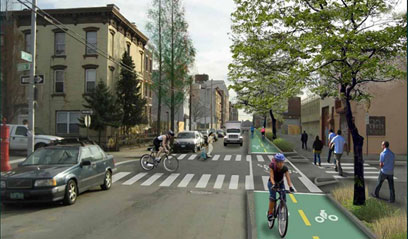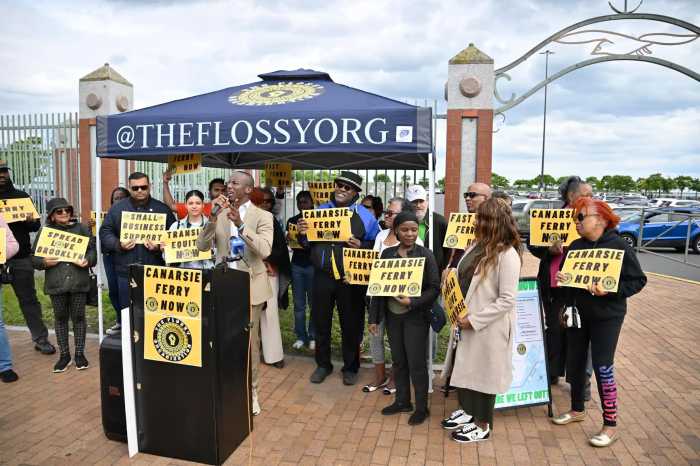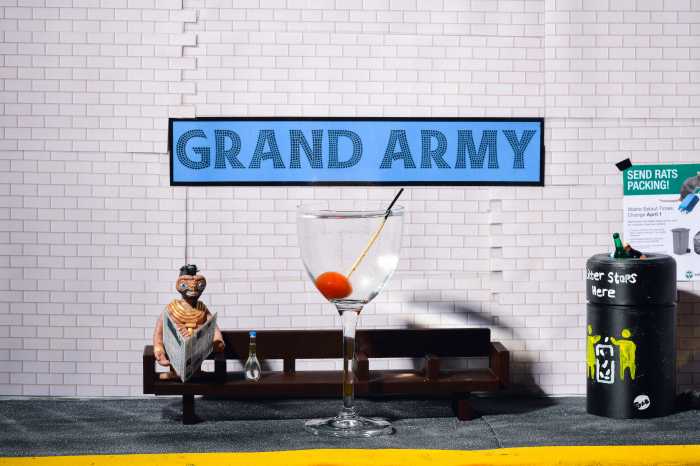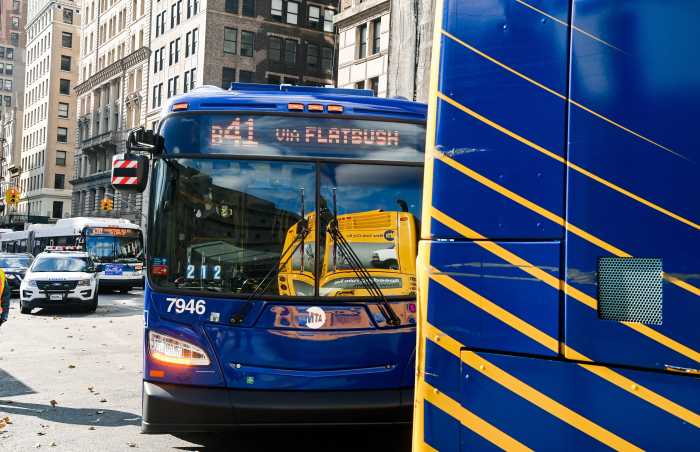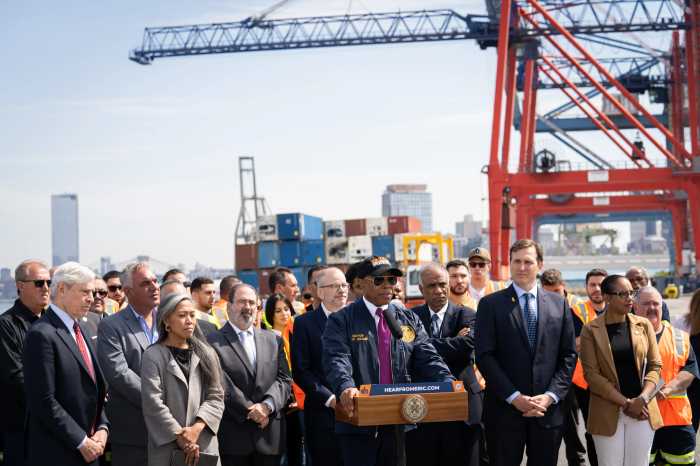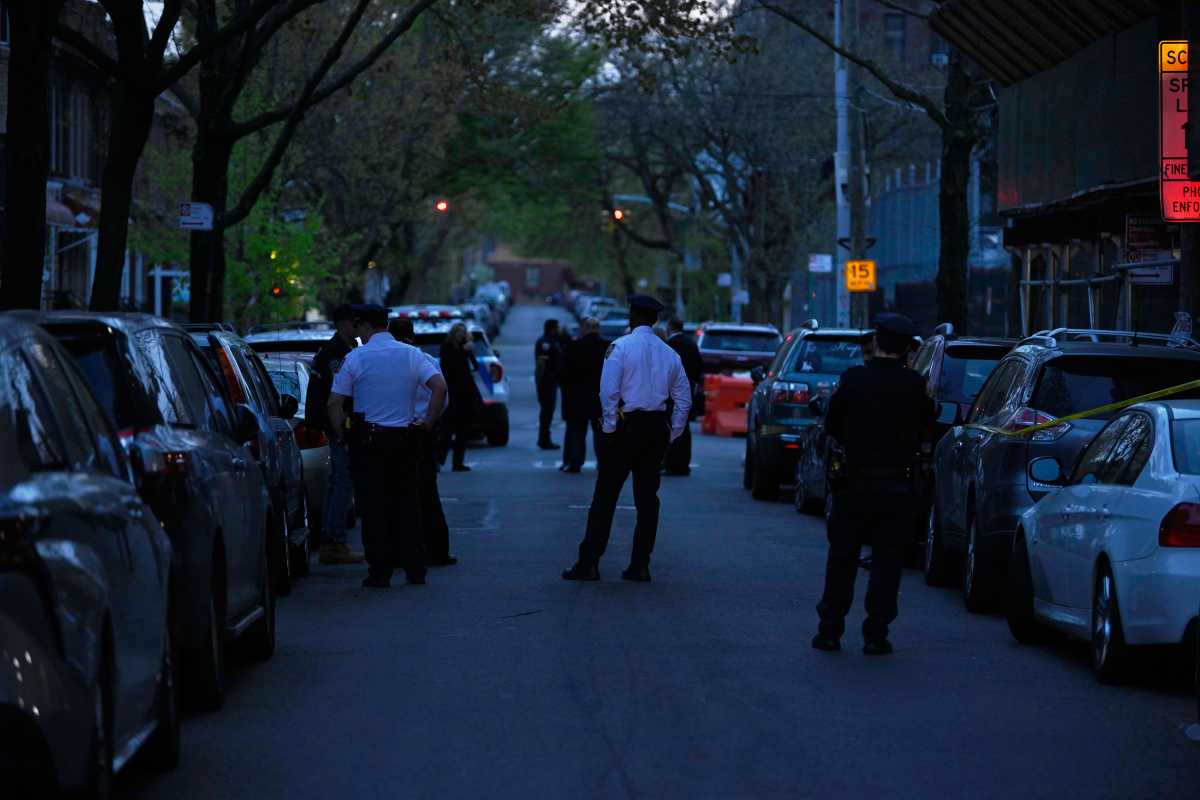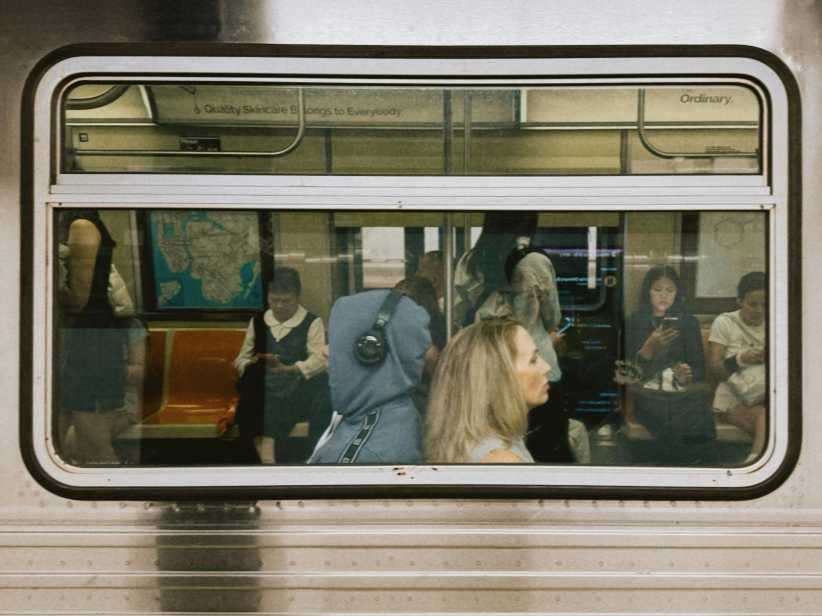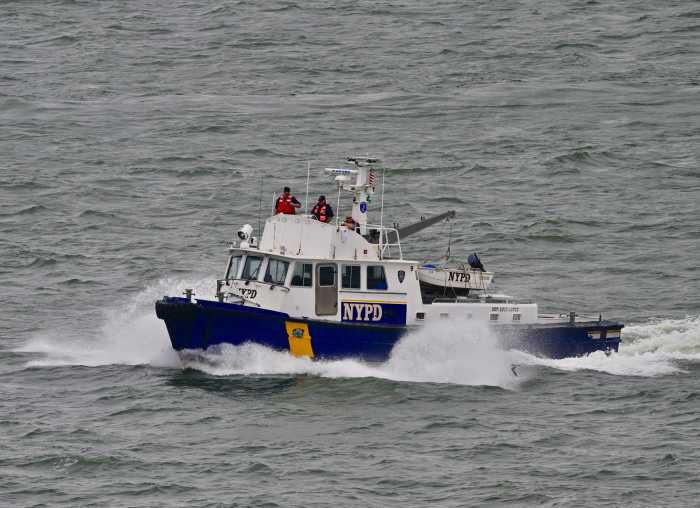This is no space for green space.
A city plan to replace driving and parking space along the Greenpoint waterfront with a bucolic bike path will clash with the area’s existing industry and future development, say locals, who fear the reduced-size roadways will get bogged down with trucks and the upcoming influx of residents.
“You’re going to have a huge clusterf— of people,” said Greenpointer Darren Lipman after the Department of Transportation presented its plan to a Community Board 1 meeting on Tuesday. “They’re building all the stuff right now, and it’s already a mess of trucks and businesses trying to do their thing.”
The department wants to reconstruct the nabe’s waterfront streets to accommodate separate bike paths and supposedly improve traffic conditions — turning heavily-trafficked two-way industrial streets into greenery-garnished one-way streets — as part of its so-called Brooklyn Waterfront Greenway project, a massive bike lane stretching all the way from Bay Ridge up the borough’s northernmost neighborhood.
The project would turn the currently two-way Commercial and Ash streets into one-way from Dupont Street to McGuinness Boulevard, funneling traffic around to Box Street. The streets would lose both a car lane and parking spaces.
But parts of the thoroughfares run through an industrial business zone — an area the city has set aside specially to encourage blue-collar enterprises — and manufacturers need that space for parking and unloading materials from large trucks, said neighbors.
One local industrialist said the change would force his tenants to re-route tractor trailers through residential streets in order to pull into his building’s Commercial Street loading dock, rather than simply turning left from Manhattan Avenue.
“It’s not a good location for a bike path,” said Brian Coleman, chief executive of the Greenpoint Manufacturing and Design Center, which houses almost 400 people and 75 businesses, and where Mayor Deblasio recently held a press conference to proclaim his commitment to protecting local industry from development.
The Greenway plan would also re-route the B43 bus through the Manhattan Avenue loop, which would take it right through the industrial center’s nexus of truck traffic. A city rep said the Metropolitan Transit Authority verified that there is enough space there for buses to move, but Coleman claims that whenever he sees rogue drivers give it a whirl, they run into a tight turn and a cluster of trucks.
“It gets busy over there,” he said. “We’re a thriving industrial business.”
A transportation rep at the meeting claimed the department had not been able to get in touch with anyone at the center to discuss the plan so far, but Coleman said the city had made no attempts to reach out that he was aware of.
“We wish the DOT would reach out to us and they never have,” he said, adding that he is easily contactable by phone and e-mail — a claim this paper can verify. “To consider something with a complete disregard for that complex is more than an oversight.”
Part of Commercial Street is also about to blow up with the massive Greenpoint Landing mega-development, which will bring around 5,500 new units of housing to the waterfront over the next decade — meaning construction traffic for the foreseeable future, and flood of new pedestrians, cars, and cabs once they’re built that would further clog the slimmed-down street, residents said.
“I don’t think it’s a viable plan at this point, especially with all the construction going on,” said Vincent Gangone, chair of Community Board 1’s transportation committee.
A department rep said planners are still finalizing the project, and promised to consult local manufacturers and work with incoming residents to accommodate the swelling waterfront population.


